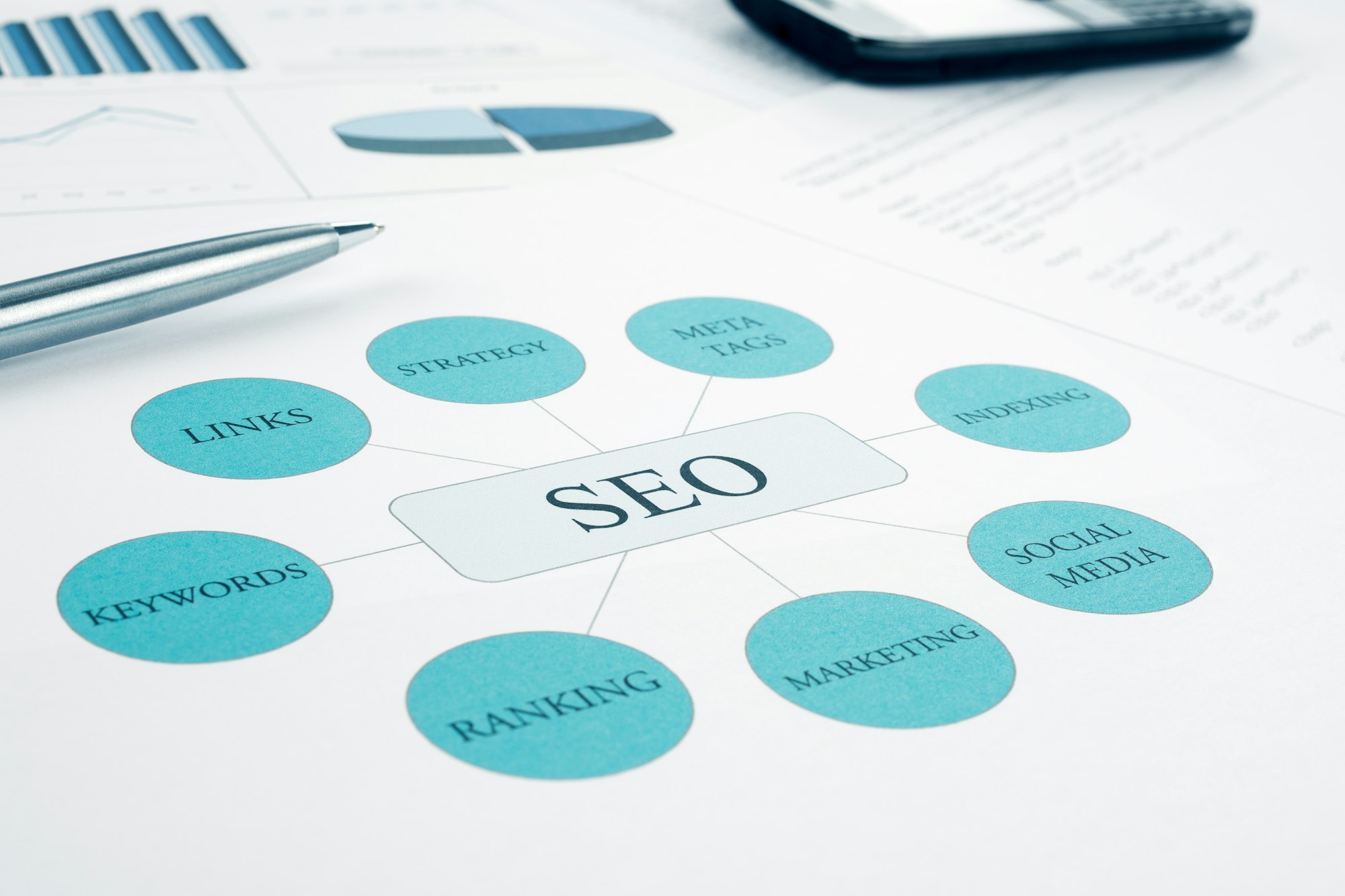
Towards the end of last year (2019, if you’re reading this in a year other than 2020), Google announced on its Webmaster Central Blog that it was adding two new link attributes to help website owners communicate the nature of their external links to its search crawlers.
Slotting alongside the existing rel=”nofollow” attribute, these are rel=”sponsored” and rel=”ugc” — but what do they mean for your SEO efforts? In this post, we’re going to detail what these attributes are for, then consider their significance in chasing top rankings. Let’s begin:
The rel=”Sponsored” Attribute
Sponsored posts are often used by brands to establish valuable links on relevant websites. Some websites disclose sponsored posts (particularly journalistic sites that outright state “This post was sponsored by…” when necessary), but others don’t, often because they don’t want to reveal that they allow sponsored posts or because their clients pay them to keep it quiet.
Those sites could refuse to include links in their posts, or simply use the rel=”nofollow” attribute to cover them, but the clients wouldn’t they want to sponsor the posts. The rel=”sponsored” attribute should serve as a middle ground of sorts: telling Google that certain links aren’t natural but stopping well short of outright disavowing them.
The Rel=”ugc” Attribute

More and more websites are turning to user-generated content to keep new visitors coming in, whether because they want to see what others have said or because they want to contribute their own content. Comment sections are particularly key for driving engagement on many sites: they establish community spirit and make visitors feel part of something significant.
Some brands try to take advantage of comment sections and forums to easily build up useful backlinks — while most websites use rel=”nofollow” for all their comment and forum links, some leave them all as they are, and that’s inevitably exploited. The rel=”ugc” attribute will make it clear what those links are and how much significance they hold.
Why Google Created Them
Let’s review how Google put it in the blog post, before thinking about what it means:
“Links contain valuable information that can help us improve search, such as how the words within links describe the content they point at. Looking at all the links we encounter can also help us better understand unnatural linking patterns. By shifting to a hint model, we no longer lose this important information, while still allowing site owners to indicate that some links shouldn’t be given the weight of a first-party endorsement.”
In essence, the existing rel=”nofollow” attribute wasn’t sufficiently clear and doesn’t explain why a link is being disavowed. The more detailed webmasters can get about the links they include in their content, the more usefully Google can interpret them, and the more appropriately it can use them as ranking indicators.
If you leave a link as it is, it’ll be viewed as a total endorsement. If you tag it with “sponsored” or “UGC”, Google will take it with a grain (or heap) of salt. If you tag it with “nofollow”, Google will disregard it and make no effort to use it as an indicator that the linked page should rank better.
How They Might Affect SEO

So, now that we’ve covered what these attributes are and why Google implemented them, we can think about what they mean for SEO — but the answer is that we’re not sure yet. We can only really think about how they might affect it because Google has been characteristically vague in informing people about what the practical consequences of these attributes are.
In principle, we should see a couple of things happen. Firstly, links marked with these attributes should generally be less significant in rankings but still make some difference. Secondly, how much difference they make should depend on context. If someone searches for something using a string like “most recommended”, then maybe UGC links would be weighted higher.
Additionally, sites that don’t mark links using the appropriate attributes may fall victim to link scheme penalties, though it’s tough to know how often Google can confidently issue such things. It isn’t tremendously rare: that much we can infer through general observation.
To know any more, we’ll just need to wait. The change may have been announced six months ago, but it takes a long time to crawl through results and try to figure out what Google is ultimately going for. If you’re determined to react correctly, I suggest doing the following:
- Follow Industry Blogs – Yes, precisely like the Matchbox Design Group blog, so if you’re not already checking our blog regularly then you should start immediately. There are so many blogs out there that it’s best to look around and figure out which ones explain things in a way you find useful.
- Listen To Marketing Podcasts – These are so useful because you can listen to them while you do other things and they give industry professionals chances to go into great detail about their sites and the latest developments. I recommend Marketing Speak for its varied guests and handy transcripts, but — again — there’s no shortage of options.
- Use The New Attributes – Better safe than sorry, as they say, and there’s no sense in risking penalties for no good reason. Only use them when they’re applicable, though: if the source is trustworthy and the link is credible, there’s no pressing reason to disavow. It’s more about protecting yourself when you link to sites that clearly can’t be trusted.

